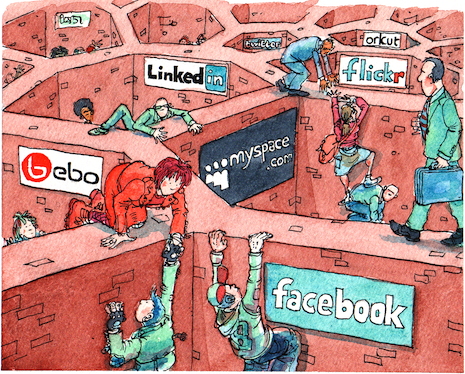A mapping of URIs to balances for the web

Alice sends some credits to Bob on facebook. Bob sends to Carol's email. Carol sends Dan's mobile. Dan sends to
Erin on Telegram. And so on.
The web has evolved as a number of large silos operating socially with users inside each silo. This is analagous
to a phone system within a specific country. In order to call someone in another country, you need to use a
country code which people agree on. In the same way on the web URIs can operate as global codes, that act as a way
to connect different silos together.
Web Ledgers are a way to map URIs to balances, within a given context, on the web leading to a global
distributed ledgers comprising of billions of people. The context can be a platform, protocol, mesh network or
anything conceivable. By using URIs you create super keys
that allow the ledger to transcend any given local ecosystem, allowing interoperable economies to take shape.
This document specifies a format, interoperability guide lines, and operations that Web ledgers may support.
Introduction
A ledger in its simplest sense consists of two columns. The first column is an agent, the second column is a
balance.
This document specifies a format, and operations that Web Ledgers may support.
This entire document is a work in progress.
Data Model
The Web Ledgers data model is designed to have varying layers of complexity depending on the use case. Each
serialization is has different trade-offs.
CSV
CSV is probably the most simple format possible for a web ledger. It is simply a 2 column file (or database), the
first column MUST be a URI, and the 2nd column is a balance. It is by definition the simplest ledger one can keep.
The currency in this scenario is not explicity stated, but assumed across the system. The default is to assume
that balances are in satoshis, if no other information is found.
https://www.w3.org/People/Berners-Lee/card#i 100
JSON-LD
JSON-LD format for a ledger consists of a URI and a balance.
{ "@id": "https://www.w3.org/People/Berners-Lee/card#i",
"https://w3id.org/ledger#balance": [{ "@value": 100 }] }
JSON
A simple JSON format for a ledger consists of a URI and a balance.
{ "https://www.w3.org/People/Berners-Lee/card#i" : 100 }
RDF
RDF is a framework for interoperability on the web. The serialization in this example it Turtle.
<https://www.w3.org/People/Berners-Lee/card#i> :balance 100 .
TODO : explain :balance
The editor would like to thank the Web Payments Community Group.
Thanks to the following individuals, in order of their first name, for their input on the specification:
